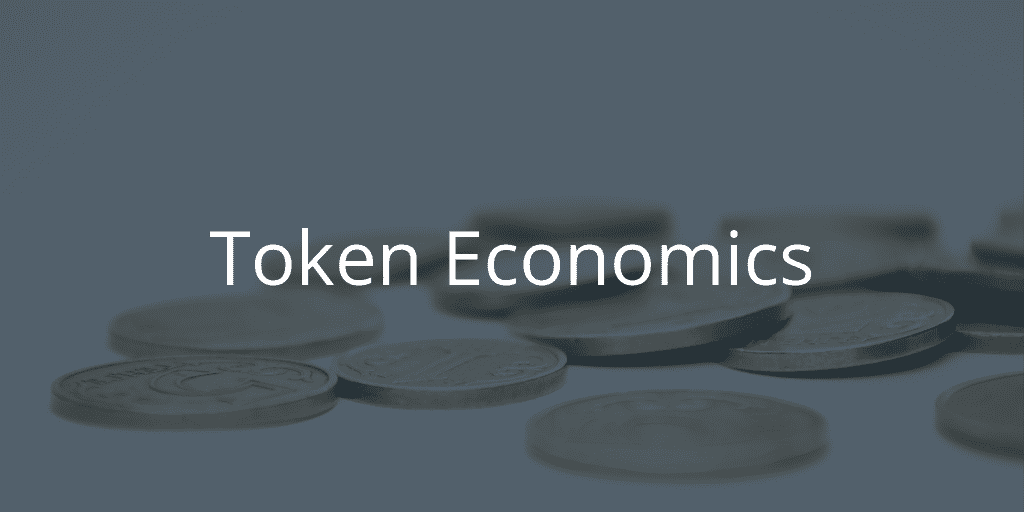This trend is also visible in social movement such as #DeleteFacebook or the increased attention paid to messaging apps which promise higher privacy standards (think Signal for example).
Arguably, in the age of data breaches, surveillance and hyper-targeted marketing, data protection has become a new way for companies to differentiate themselves in the eyes of their customers. Some are already embracing the paradigm shift – a famous example being Apple with its large-scale banner positioned outside of the 2019 Consumer Electronics Show in Las Vegas. The billboard read “What happens on your iPhone, stays on your iPhone” with a reference to the Apple privacy policy.
For most companies however, it is not as straightforward as stopping to collect consumers’ data. They are faced with what may be termed the “data collection dilemma”: “consumers want personalized offers that are relevant to their past behavior and future needs. In order to execute on this level of personalization, companies must collect large amounts of data. However, consumers only want some of their data used and only in a way that they are comfortable with.” [2] In order to address this conundrum, companies can opt to either use less personalized targeting or to try to increase the amount of data consumers are willing to share with them voluntarily, by gaining their trust.
Studies by Salesforce [3] and the Columbia Business School[4] have shown that in the context of data sharing, trust is a result of transparency and perceived control of the consumer about what data is being collected. Currently, companies struggle to provide this control and transparency to their customers. Today’s data economy is characterized by a complex web of actors which stand in-between the data owner (the individual) and the data consumer (the company). These actors are so called “data brokers“, who’s business model is based on the collection and re-selling of consumers’ data.

In order to be able to gain the customer’s trust, the company needs to be able to negotiate with their customer directly about the terms of data collection and usage, without having to rely on an intermediary who has no stake in the individual’s trust or brand loyalty.
To make this possible, VETRI proposes a new model of individual data ownership. It removes the intermediary and establishes a level playing field for individuals and companies to access the data economy.
Thanks to the VETRI wallet, individuals can easily request their personal data from online services and safely store it on their mobile devices. Next to its safe data storage functionality, the VETRI wallet also serves as a verified digital identity. Individuals can use it to identify themselves vis à vis third party online services. Through the VETRI marketplace, data owners and data consumers can enter into a direct exchange of data against value. This way, companies can establish trust through transparency about what data is being collected. Through the marketplace, they can even reward their customers directly for the value their data creates. At the same time, the company can rest assured that any data acquired via the VETRI marketplace hails from real individuals and has been acquired with explicit consent of the user, as required by many new data protection regulations.
As a not-for-profit, open-source
project, VETRI has an inherently different incentive system than traditional data
brokers. It is therefore uniquely position to create the infrastructure of a
data economy where all participants receive a share of the value they create.
Sources
[1] Gemalto, https://safenet.gemalto.com/resources/data-protection/customer-loyalty-data-breaches-infographic/
[2] Harward Business Review, https://hbr.org/2018/06/to-regain-consumers-trust-marketers-need-transparent-data-practices
[3] Salesforce, https://www.salesforce.com/blog/2018/09/trends-customer-trust-research-transparency.html
[4] Columbia Business School, https://www8.gsb.columbia.edu/globalbrands/sites/globalbrands/files/images/The_Future_of_Data_Sharing_Columbia-Aimia_October_2015.pdf?_ga=2.262445260.1394240246.1551188330-1010536075.1551188330




